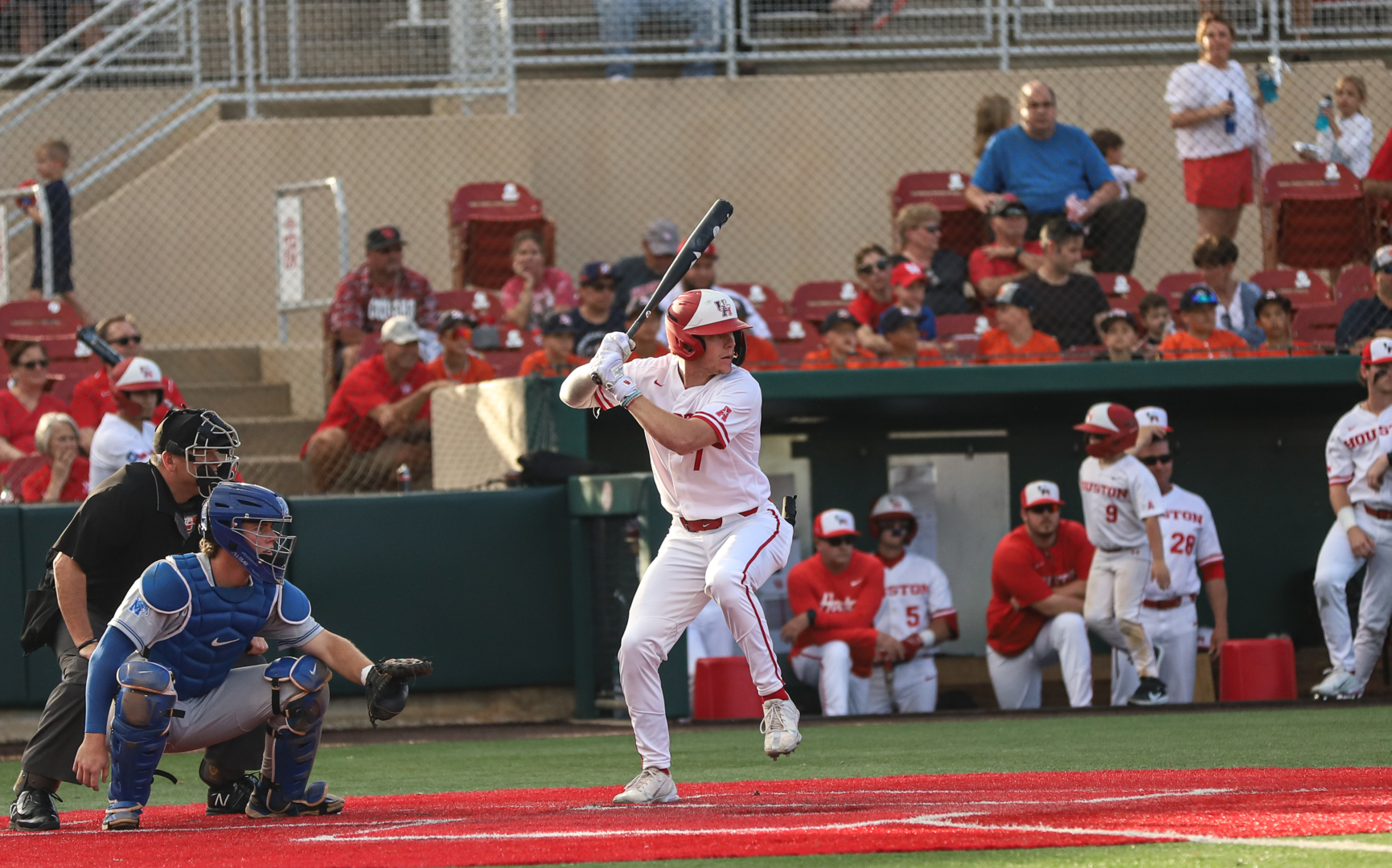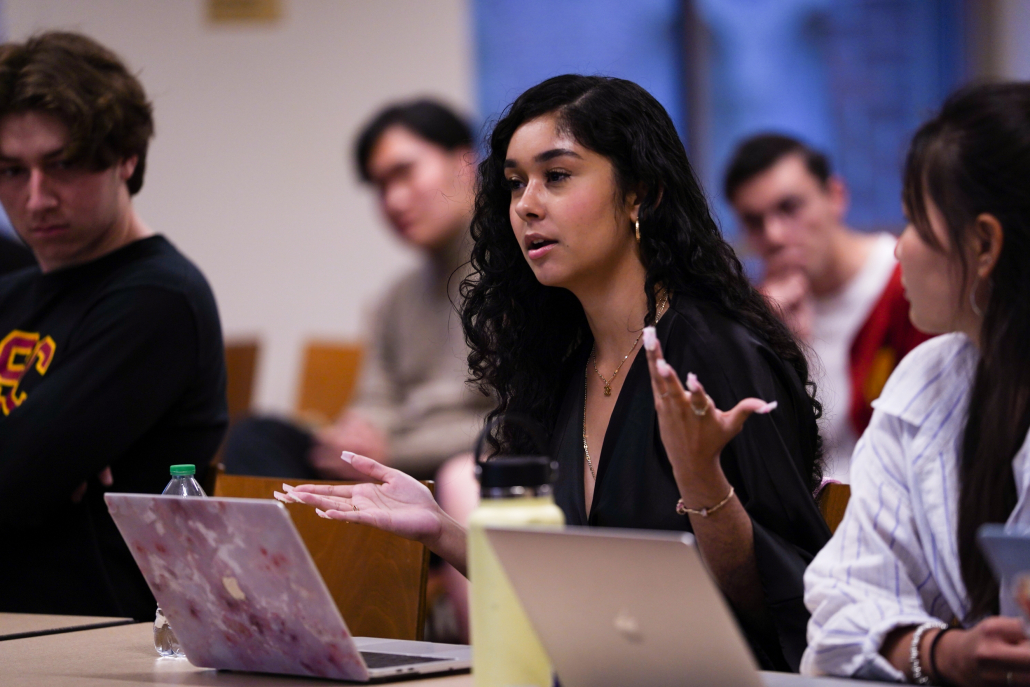After a successful week against Arizona, the University of Utah baseball team (23-15-1, 9-9 Pac-12) stayed home to play Brigham Young University before heading to Los Angeles to face USC.
Utah struggled early against BYU, going down 1-5 after the second inning. The desperate Utes quickly regained their composure and took three in the third inning to lessen the gap.
Utah and BYU kept trading runs, and the game was tied going into the bottom of the ninth. Kai Roberts hit the first pitch for a single that would score Davis Cop as the Utes took an 8-7 walk-off win against the Cougars.
The team then took a quick trip to Los Angeles, where they faced the Trojans in a three-game series. USC has had a difficult season, going just 5-13 in conference play. The Utes quickly capitalized in the first game.
It was another dominant performance by Utah, and they completely controlled the game. Utah got on the board early, and never stopped scoring. Utah tallied six runs in the fourth inning, with Utah taking a 9-0 lead.
USC was able to get on the board and eventually found three runs of their own, but it wasn’t enough for them to stop the Utes. Roberts capped off the night with a solo home run in the ninth to secure a 11-3 victory for Utah.
Utah came back the very next day and played a similar game. Utah started hot and never allowed the Trojans an opportunity. Utah jumped out to an 8-0 lead by the fourth inning, taking a commanding lead.
USC was able to get on the board soon after, but it wouldn’t be enough for them. Chase Anderson tripled in the fifth, scoring Dakota Duffalo and Roberts.
It was yet another big win for the Utes as they topped the Trojans 10-5. Utah was on a four-game win streak and looking to go undefeated this week.
But Utah was unable to finish the week strong, and they fell to USC. It was a very different game than the first two. The game was scoreless until the fifth inning when USC got three.
Utah started clawing back in the sixth and seventh, but it wouldn’t be enough for them and they lost 2-4 in the final game of the week.
It was a poor ending to the week for the Utes, but they showed a lot of skill this week. Utah has now broke even in Pac-12 play, going 9-9 on the year.
The Utes will head home to take on Dixie State before facing No. 2 Oregon State, their toughest opponent of the year. Utah will have their work cut out for them, but can be optimistic about how successful they have been recently.
s.overton@dailyutahchronicle.com
The post Utah Baseball Nearly Has Undefeated Week appeared first on The Daily Utah Chronicle.






